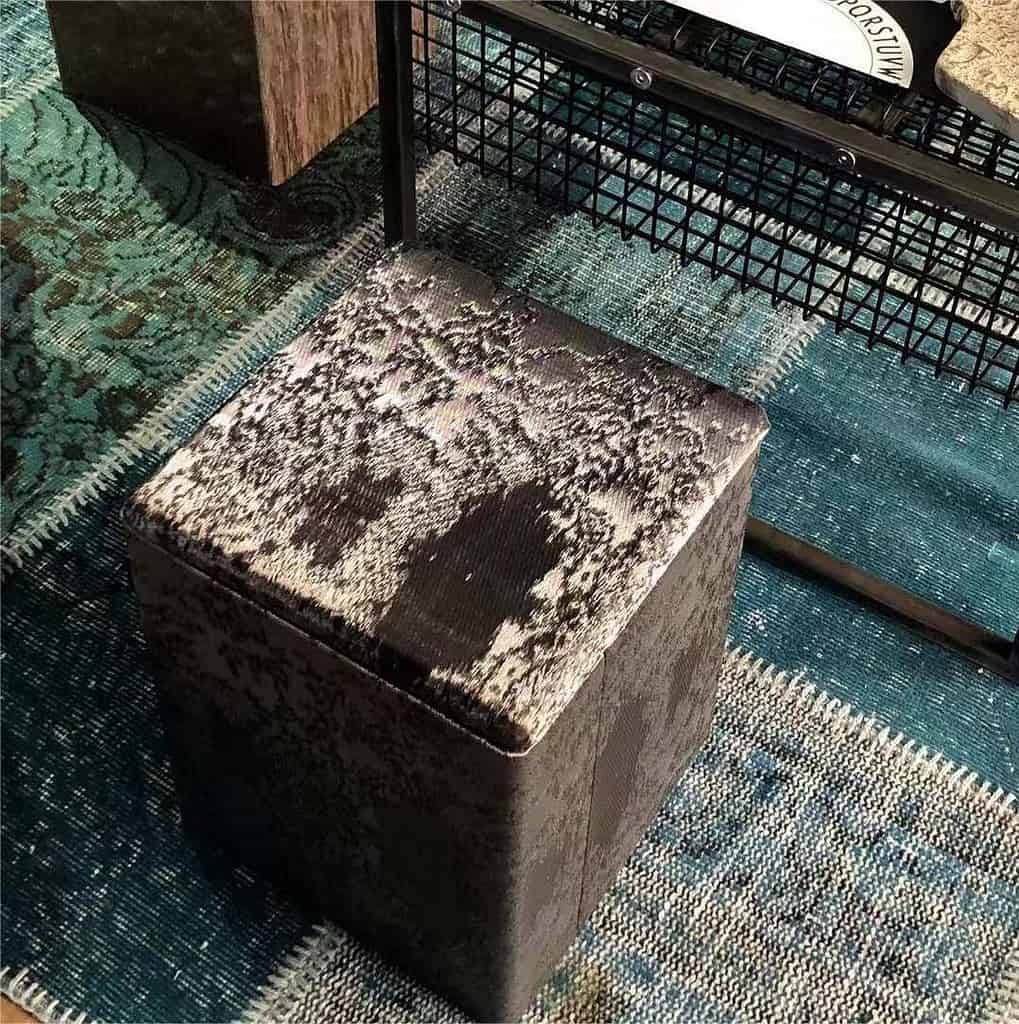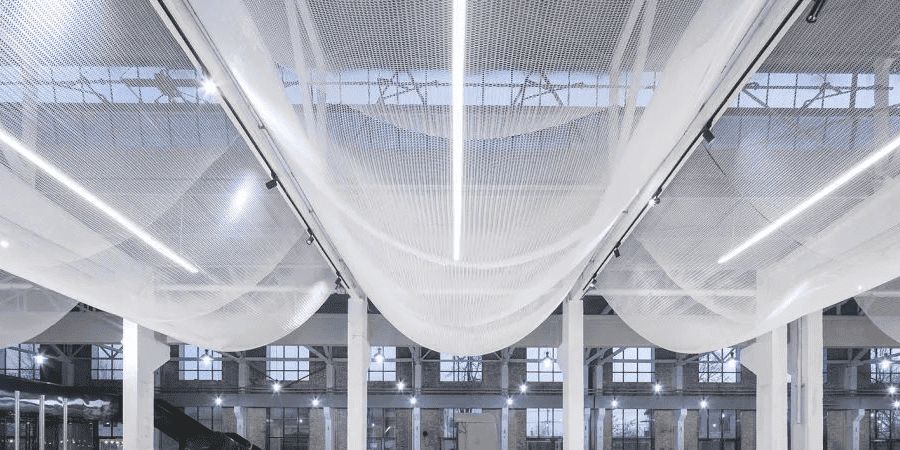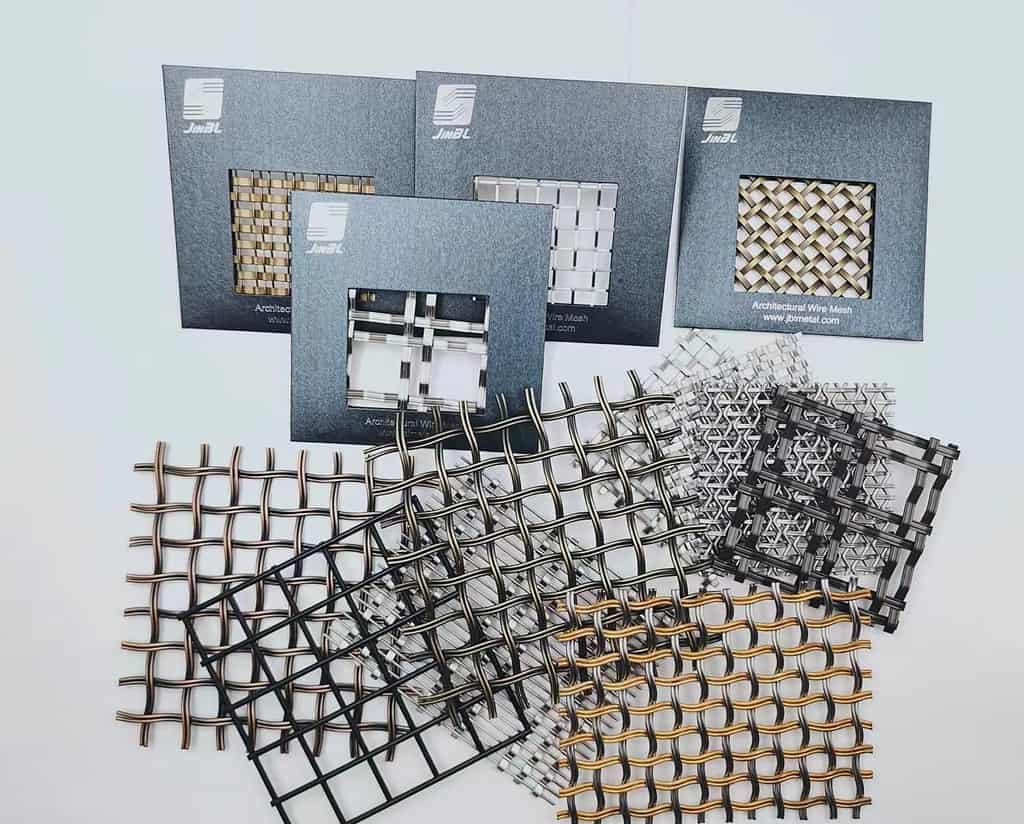Introduction
Architectural metal wire mesh, also known as wire cloth, is a meticulously woven material made from metal wires.
It's celebrated for its open, grid-like structure that allows air and light to pass through while maintaining structural integrity.
This unique combination of transparency and strength has led to its widespread adoption in a wide range of architectural applications.

Architectural Metal Wire Mesh in Building Facades
Architectural metal wire mesh finds a prominent place in building facades, where it serves both aesthetic and practical purposes.
The mesh can be used as a sunscreen, providing shade while allowing natural light to filter through. This feature not only reduces energy consumption by minimizing the need for artificial lighting but also enhances the indoor comfort of occupants.

Transformative Interior Design
In interior spaces, architectural metal wire mesh offers designers an array of possibilities. It can be used as decorative elements, room dividers, and even three-dimensional sculptures.
The play of light and shadow on the mesh's surface creates captivating visual effects, adding a touch of sophistication to any setting.

Functional Space Division
Wire mesh partitions provide an effective way to divide large spaces without compromising openness. Offices, airports, and other public areas benefit from these partitions, as they create distinct zones while maintaining a sense of connection.

Exterior Cladding and Sunscreen
The application of architectural metal wire mesh as exterior cladding is gaining momentum. The mesh acts as a dynamic outer layer that not only protects the building from the elements but also contributes to its overall aesthetics. When used as a sunscreen, the mesh regulates sunlight, reducing glare and heat gain.
Creating Art Installations
Artistic expression knows no bounds with architectural metal wire mesh. Artists and designers are incorporating the material into their creations, crafting sculptures, installations, and interactive artworks that engage the senses and spark creativity.

Elevating Safety with Balustrades
Balustrades crafted from architectural metal wire mesh offer safety without obstructing views. Whether in staircases, balconies, or terraces, these balustrades enhance safety while preserving a sense of openness.
Sustainable Design Solutions
The sustainability of architectural metal wire mesh is a key factor in its growing popularity. The material's durability, recyclability, and potential for energy efficiency align with the principles of sustainable design, making it a preferred choice for environmentally conscious projects.
Enhancing Acoustics
Beyond its visual appeal, architectural metal wire mesh contributes to acoustic comfort in various spaces. When strategically placed, the mesh can help control sound reflections, reducing noise levels and creating more pleasant environments.
Industrial Applications
Architectural metal wire mesh isn't limited to aesthetics; it's also a functional component in industrial settings. It serves as conveyor belts, filters, safety barriers, and partitions, showcasing its adaptability and versatility.

FAQs
Q: How is architectural metal wire mesh manufactured?
A: Architectural metal wire mesh is produced through a meticulous weaving process using specialized machinery. This process involves interlocking metal wires to create a pattern that determines the mesh's visual and structural properties.
Q: What materials are commonly used for architectural wire mesh?
A: Stainless steel, aluminum, and brass are among the most common materials used for architectural wire mesh. Each material offers distinct attributes such as corrosion resistance, strength, and aesthetic versatility.
Q: Can architectural wire mesh be customized for specific projects?
A: Absolutely. Architectural wire mesh can be customized in terms of mesh pattern, wire diameter, and finish. This flexibility allows designers to tailor the material to the unique requirements of each project.
Q: Is architectural wire mesh suitable for exterior applications?
A: Yes, architectural wire mesh is well-suited for exterior applications. Its durability and resistance to harsh weather conditions make it an excellent choice for cladding, sunscreens, and other outdoor installations.
Q: How does architectural wire mesh contribute to sustainability?
A: Architectural wire mesh contributes to sustainability by being recyclable and durable. Its ability to regulate light and heat also aids energy efficiency in buildings, reducing reliance on artificial lighting and climate control systems.
Q: Are there any limitations to using architectural wire mesh?
A: While highly versatile, architectural wire mesh may have limitations in terms of load-bearing capacity and specific applications that require solid materials. Consulting with experts during the design phase can help overcome potential limitations.

Conclusion
In the world of architecture and design, architectural metal wire mesh stands as a testament to innovation and creativity. Its ability to seamlessly blend aesthetics and functionality has revolutionized the way we approach building facades, interior spaces, and artistic expression.
As sustainable design practices gain prominence, the material's eco-friendliness and energy-efficient properties further underscore its importance. Whether gracing the exteriors of modern skyscrapers or enhancing the ambiance of intimate interiors, architectural metal wire mesh continues to shape the way we experience built environments.






